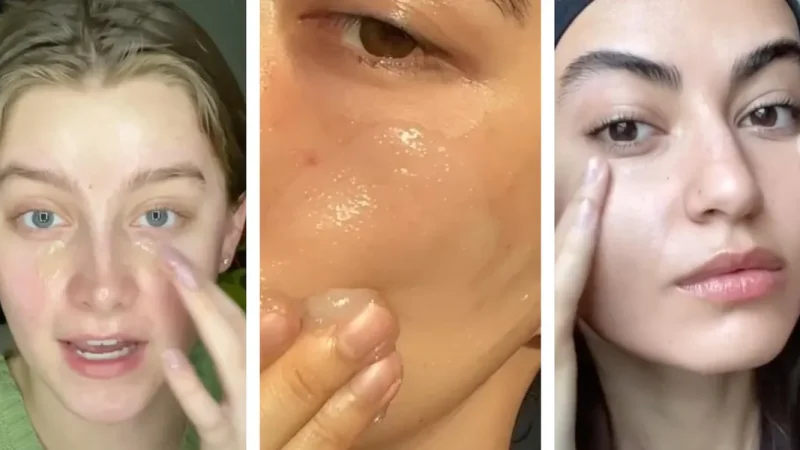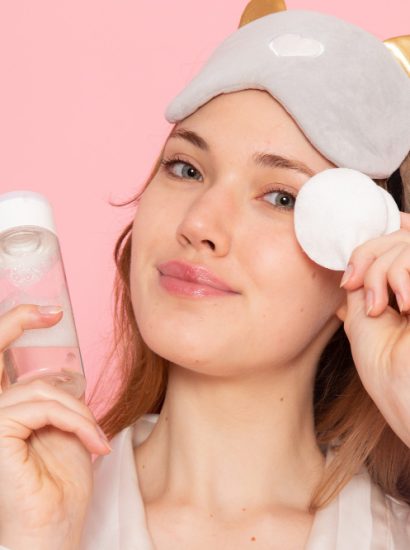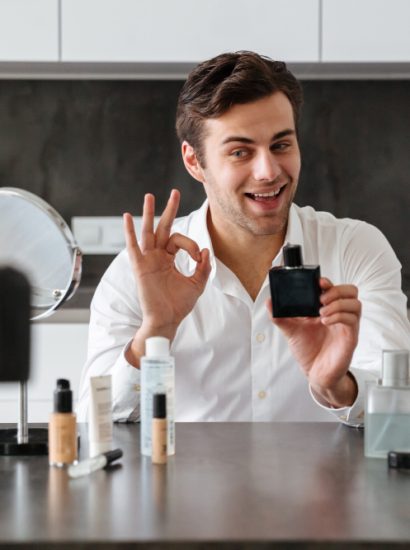If you’ve ever wished for glass-smooth, deeply hydrated skin, you may want to try the viral trend everyone’s talking about: skin slugging. This K-beauty-inspired technique has taken over social media for its ability to lock in moisture, repair the skin barrier, and give you a glow like never before.
But what exactly is skin slugging? Is it safe for all skin types? And how can you do it the right way?
Let’s dive into slug life.
What Is Skin Slugging?
Skin slugging is a skincare method where you apply a layer of occlusive—typically petroleum jelly—over your skin as the final step in your nighttime routine. The goal is to seal in moisture and prevent transepidermal water loss (TEWL) while you sleep.
The name “slugging” comes from the glossy, “slimy” appearance your face takes on—like a slug.
Benefits of Skin Slugging
| Benefit | Why It Matters |
| Deep Hydration | Seals in moisture and boosts skin hydration |
| Skin Barrier Repair | Helps damaged or dry skin heal overnight |
| Reduces Flakiness | Ideal for dry, sensitive, or over-exfoliated skin |
| Improves Glow | Wake up with dewy, plump-looking skin |
| Enhances Product Absorption | Locks in serums and moisturizers underneath |
Who Should Try Skin Slugging?
Skin slugging is best for people with:
- Dry or dehydrated skin
- Compromised skin barriers
- Redness, irritation, or flakiness
- Post-retinol or acid exfoliation sensitivity
Oily or acne-prone skin types should be cautious, as occlusives like petroleum jelly can trap oil and cause breakouts for some.
How to Do Skin Slugging: Step-by-Step Guide
Here’s a simple night routine for effective slugging:
- Cleanse your face – Use a gentle, hydrating cleanser.
- Apply toner or essence (optional) – Hydrate with light layers.
- Use your serum – Focus on hydration (e.g., hyaluronic acid).
- Apply moisturizer – Use a non-comedogenic, rich cream.
- Seal with an occlusive – Apply a thin layer of petroleum jelly (like Vaseline or Aquaphor).
Leave it on overnight and wash off in the morning.
Best Products for Skin Slugging
| Product | Why It’s Great |
| Vaseline | Affordable, classic occlusive |
| Aquaphor | Adds healing ingredients like panthenol |
| CeraVe Healing Ointment | Contains ceramides + skin barrier support |
| Slug Balm (by Futurewise) | Designed specifically for modern slugging routines |
What to Avoid When Slugging
- Don’t slug over active ingredients like retinoids or strong acids (AHA/BHA)
- Don’t skip moisturizer before applying the occlusive
- Don’t apply too thick a layer—you only need a thin film
Slugging should be done 1–3 times a week, especially in colder months or when skin feels dry.
Pro Tips
- Patch test first if you have sensitive or acne-prone skin
- Use a silk pillowcase to reduce mess and friction
- Pair with hydrating serums (hyaluronic acid, glycerin) for best results
Does Slugging Really Work?
Yes, when done correctly, skin slugging can dramatically improve hydration levels and help your skin appear smoother, healthier, and more resilient. It’s especially effective during winter months or for repairing over-exfoliated skin.
Conclusion
Skin slugging is a simple, affordable, and effective way to enhance your skin’s hydration and repair its barrier. With just one occlusive product, you can wake up to glowy, plump, and healthier-looking skin.
Whether you’re struggling with dryness or just want to elevate your nighttime skincare routine, slugging may be the glow-up your skin has been craving.
FAQs
1. What is skin slugging and how does it work?
Skin slugging is a nighttime skincare technique where a layer of petroleum jelly or an occlusive balm is applied as the final step in your routine. It works by sealing in moisture and creating a protective barrier to help repair the skin overnight.
2. Is slugging good for all skin types?
Slugging is best for dry, dehydrated, or sensitive skin, and can benefit anyone with a damaged skin barrier. However, people with oily or acne-prone skin should be cautious, as occlusives may trap sebum and bacteria, leading to breakouts.
3. Can you do skin slugging every night?
While slugging can be done nightly for very dry or compromised skin, most people benefit from doing it 1–3 times per week. Overdoing it may clog pores, especially in warmer climates or if your skin is naturally oily.
4. What products are best for slugging?
Top products used for slugging include:
- Vaseline (100% petroleum jelly)
- Aquaphor Healing Ointment
- CeraVe Healing Ointment
- Slug Balm by Futurewise
Choose a non-comedogenic formula for best results.
5. Should I apply slugging over serums and moisturizers?
Yes! Slugging should be the last step of your routine. Apply your usual hydrating serums and moisturizers first, then seal everything in with a thin layer of occlusive product to maximize hydration overnight.
Also read: Best Moisturiser for Spot Prone Skin: Clear, Calm & Hydrate





